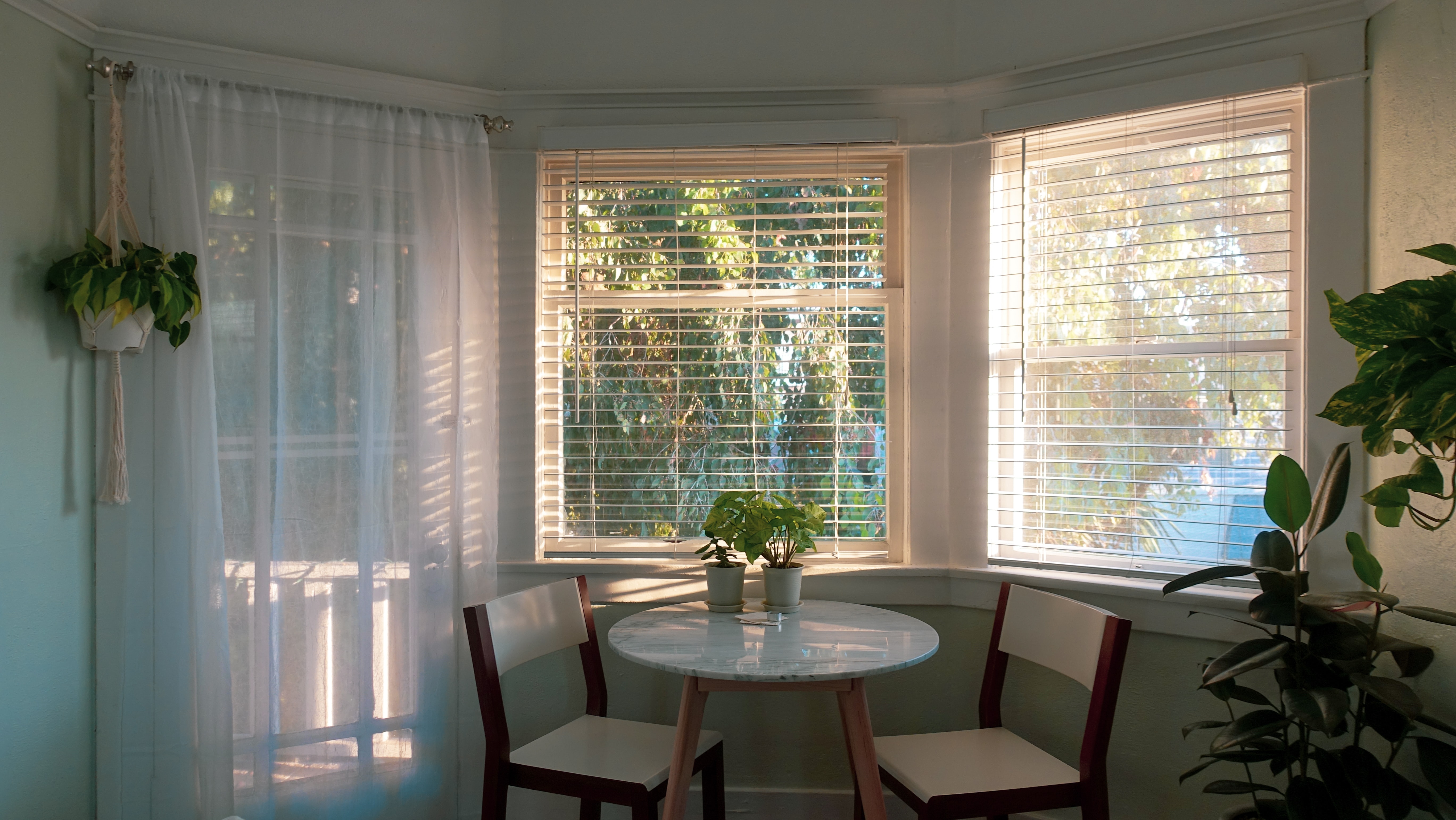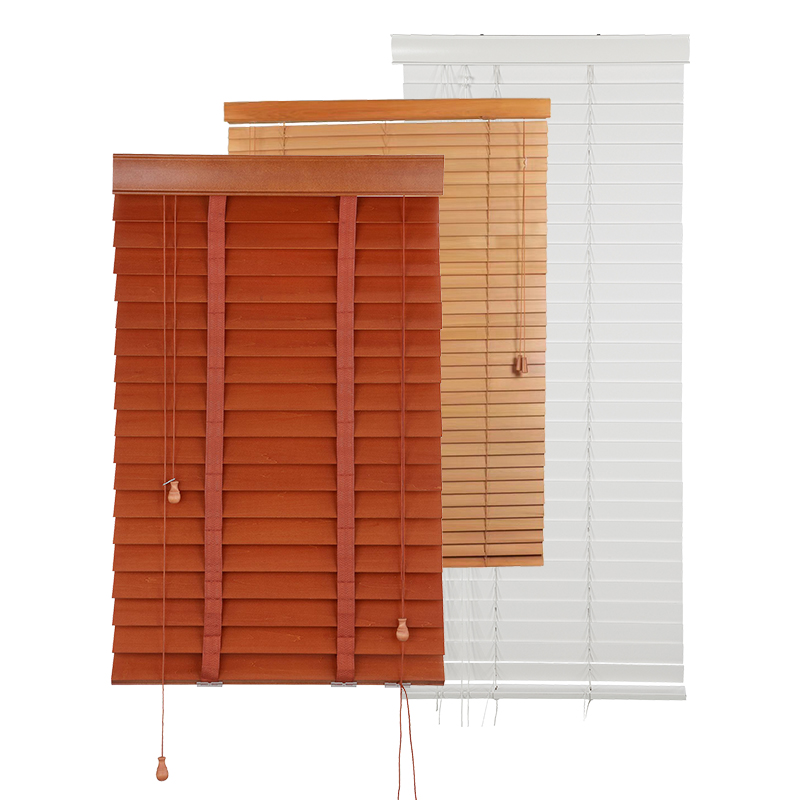Venetian blinds can help reduce heating, cooling and lighting costs.
Getting the energy balance of a building right requires a holistic approach to building design to ensure products and systems work in harmony to maximise the benefits. Venetian blinds can help to reduce heating and cooling loads and maximise daylight.
| The problem |
|---|
| Most buildings have already been built. Old energy efficient buildings need high energy inputs to keep the temperature at an optimum. New highly insulated buildings are prone to overheating. |
| The solution |
|---|
| Using Venetian blinds in buildings can help to reduce heat gain in the summer, heat loss during winter and control light levels and harvest natural light. |
| The evidence |
|---|
| Building modelling conducted by the National Energy Foundation (UK) using Energy Plus on a model office has highlighted that internal shading by a venetian blind could save 10% of HVAC energy and a roller screen up to 23%. If fitted externally, the savings in HVAC energy were 43% and 47% respectively. |
| Venetian blinds can help reduce heating, cooling and lighting costs. |
|---|
|
Getting the energy balance of a building right requires a holistic approach to building design to ensure products and systems work in harmony to maximise the benefits. Venetian blinds can help to reduce heating and cooling loads and maximise daylight. |

During summer, Venetian blinds is particularly effective at preventing the solar radiation from reaching the glazed surfaces; internal blinds can also contribute to reducing solar energy especially if a reflective finish is applied on the window-facing side. Blinds also decreases the fraction of solar radiation in the short-wave infrared range (780-2500nm) that is absorbed and re-irradiated as thermal (long-wave infrared) radiation into the building and can significantly reduce the need for mechanical space cooling if coupled with cross-ventilation strategies.

During the colder months, blinds can provide night time insulation if fully closed overnight and maximise solar gains if left opened during daylight hours. A control strategy should be put in place rather than delegate its adjustment to the occupants.
Winter or summer, automation plays a key role, with a range of sensors and control systems that continuously monitor the environment and adjust, as may be required, the position of awning.
